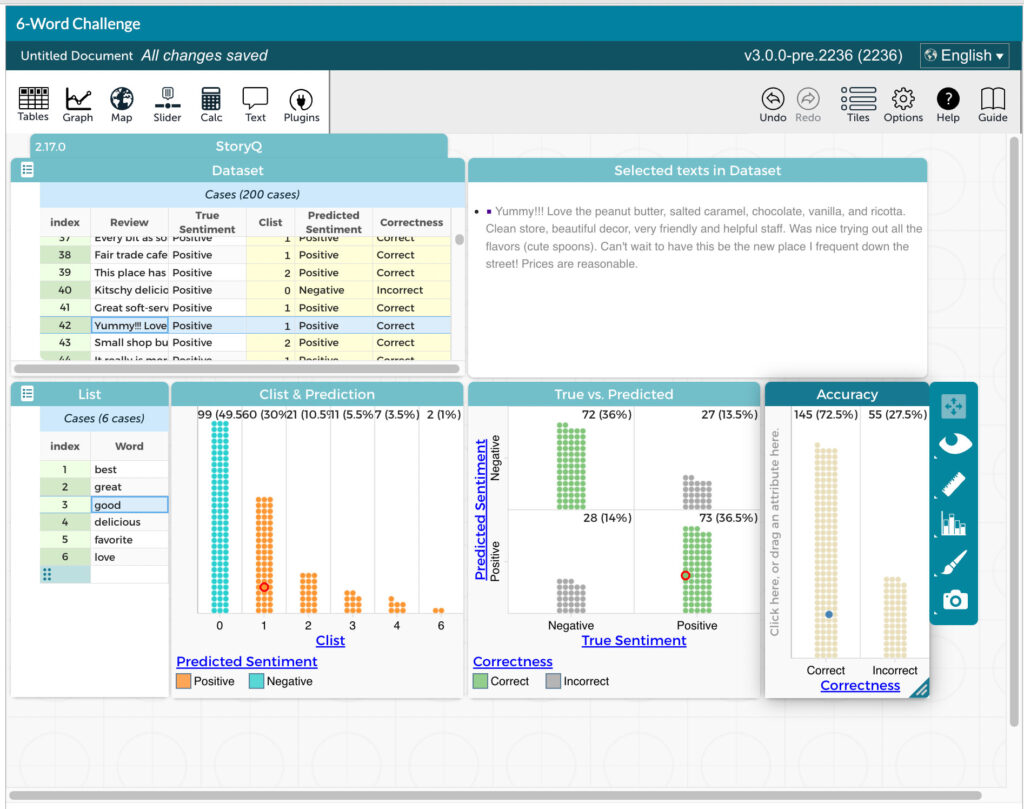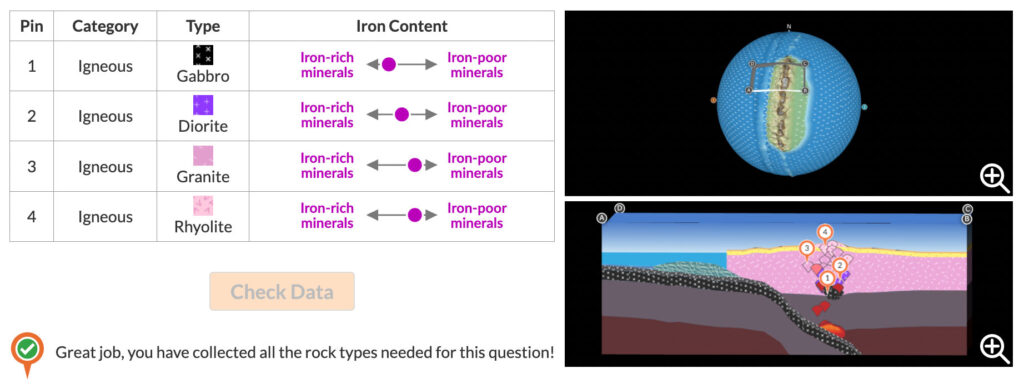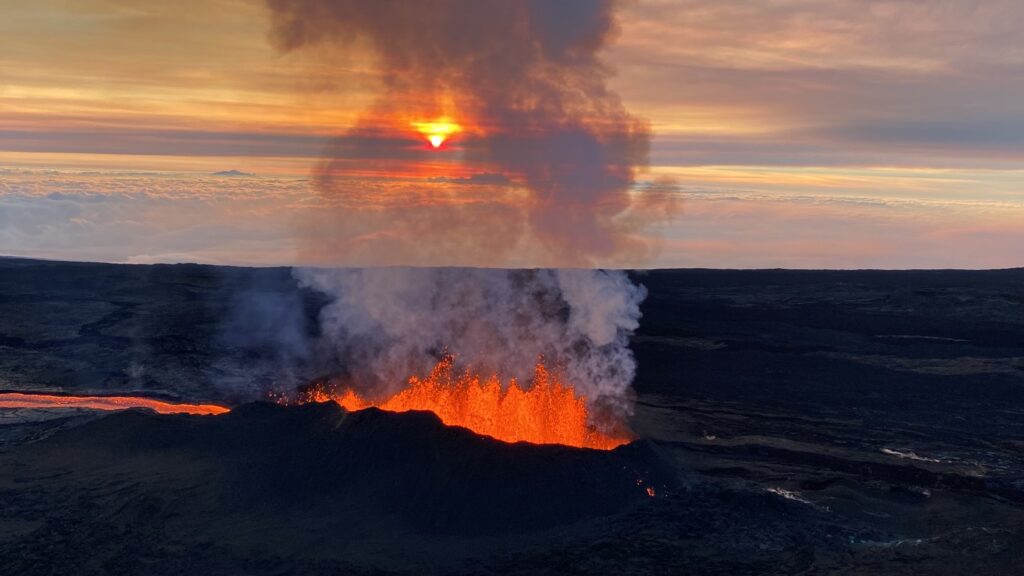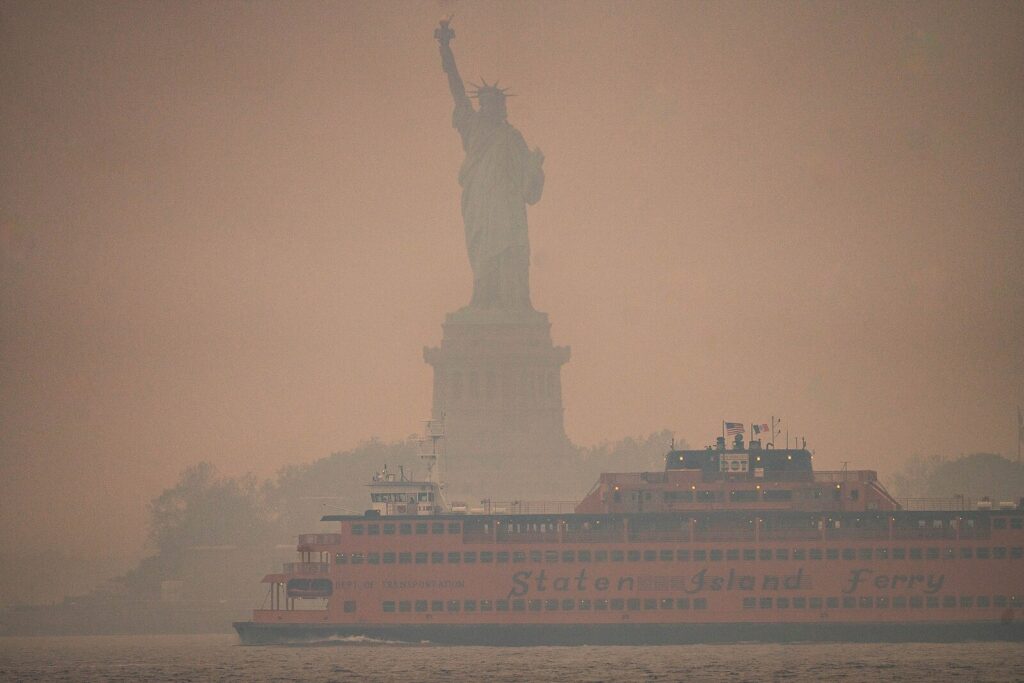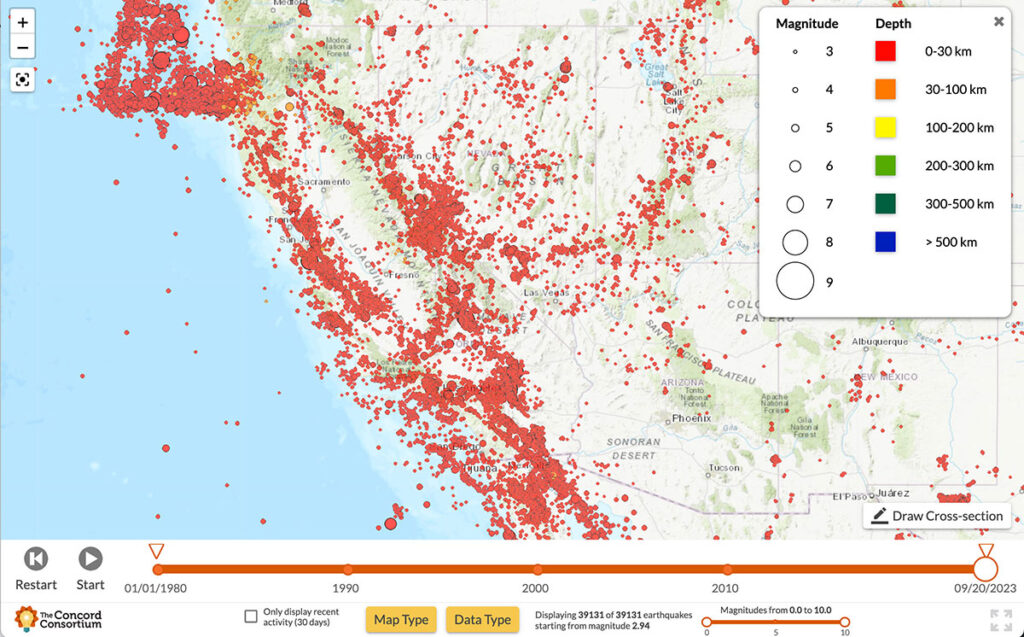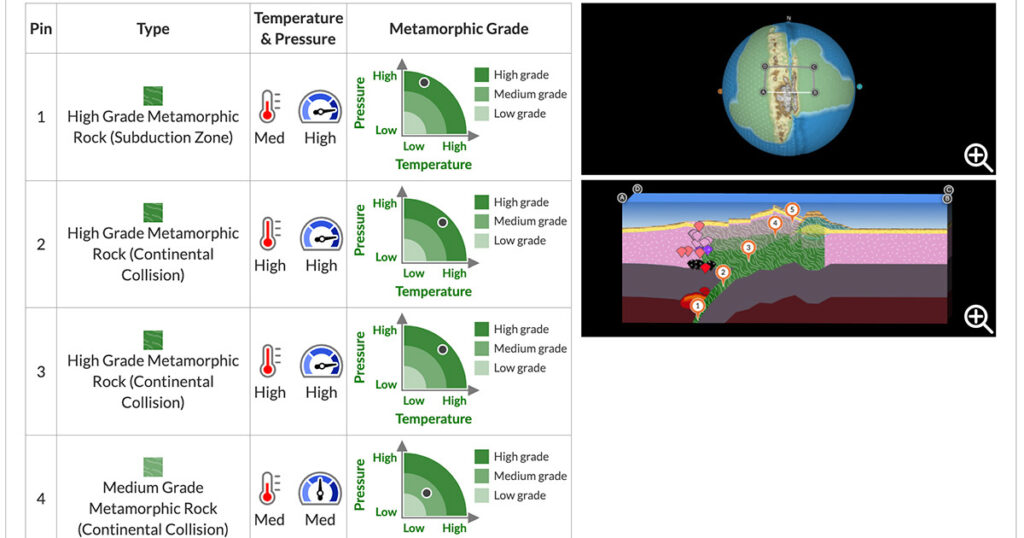Category: Author: Trudi Lord
With a free account on our STEM Resource Finder, teachers can create classes, assign activities, track progress in real time, and provide their students with timely feedback. We are excited to announce new features in our class management system and dashboard, inspired by teacher requests. Best of all, they’re ready just in time for the […]
What does learning about artificial intelligence have to do with learning math? A group of enthusiastic middle and high school students are finding out, thanks to a new supplemental program offered this spring at the Florida Virtual School! As an extension of their Algebra 1 course, students are learning to build an AI model that […]
Tracking progress and giving thoughtful feedback to a classroom of 20 or 30 students in real time as they move through online curriculum can foil even the most heroic of teachers. Teachers are left wondering where their students are in an activity and if they are producing quality work. Our Class Dashboard—included in most of […]
We’re thrilled to announce an updated release of the Rocks & Tectonics module! This module revolutionizes the teaching of the traditional rock cycle by connecting rock formation to plate motion and the tectonic conditions under which rocks form. The new version of the Rocks & Tectonics module incorporates new interactive feedback mechanisms designed to support […]
Hawaiʻi’s iconic volcanoes have shaped its islands, culture, and communities for centuries. From the breathtaking eruptions of Mauna Loa to the challenges of living with air pollution caused by the eruptions (known as “vog”), volcanic activity is an intrinsic part of life in Hawaiʻi. What if students could harness computational tools to better understand volcanic […]
Massive amounts of Earth’s stored carbon is located in boreal forests, including those in northern Canada and Alaska. As temperatures rise and wildfires become more frequent, scientists are studying the boreal forest’s transformation from carbon sink to carbon source. We partnered with Dr. Brian Buma at the University of Colorado Denver and the Environmental Defense […]
Turn on the news and you’ll see horrific images of flames enveloping hillsides, engulfing homes, and destroying entire communities. This year’s wildfire season is on track, once again, to be one of the worst in history. The number of acres burned in California in August 2024 is already more than double the number of acres […]
Last summer, thick plumes of wildfire smoke from northern Canada blanketed cities as far south as Washington, D.C., in an eerie orange haze. Record-breaking wildfires in provinces across Canada resulted in catastrophic damage to homes and communities, the destruction of more than 45.7 million acres of forest, and dangerously unhealthy air quality throughout the Northeast […]
With most California residents living within a 30-minute drive of one of the state’s 500 active fault zones, the threat of earthquakes looms large. Scientists are constantly monitoring seismic activity, conducting risk assessments to determine when and where earthquakes may occur, and predicting the potential impacts to surrounding communities. Our new National Science Foundation-funded YouthQuake […]
Across the Earth, rock is being created, destroyed, and transformed all the time. If you were to witness a volcanic eruption up close, you would see the birth of new rock. While such an eruption results in a dramatic display of Earth’s power, many rock-forming processes are invisible as they take place deep beneath Earth’s […]

